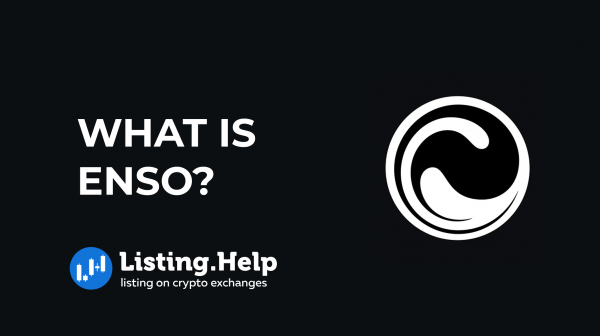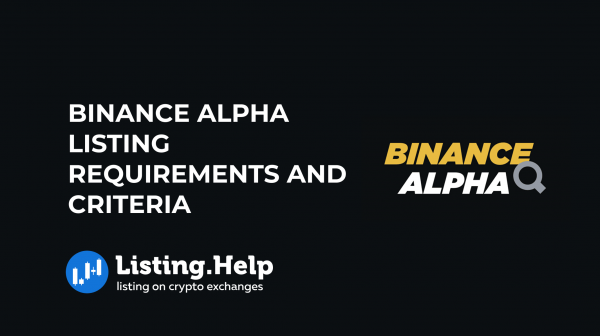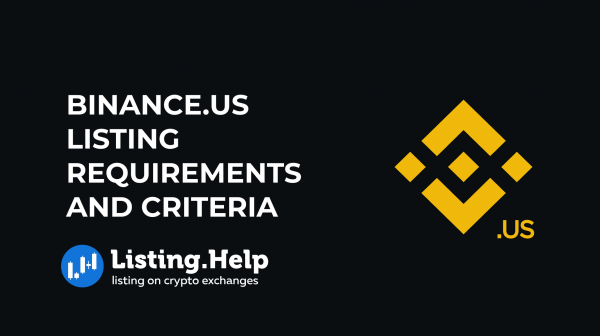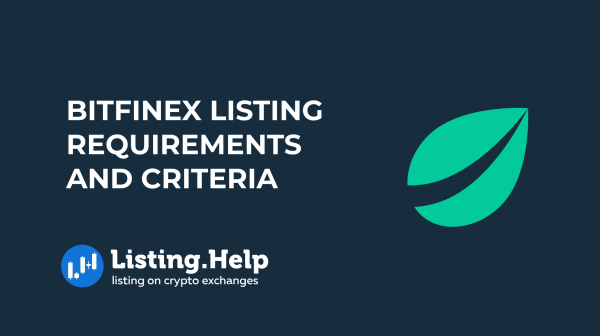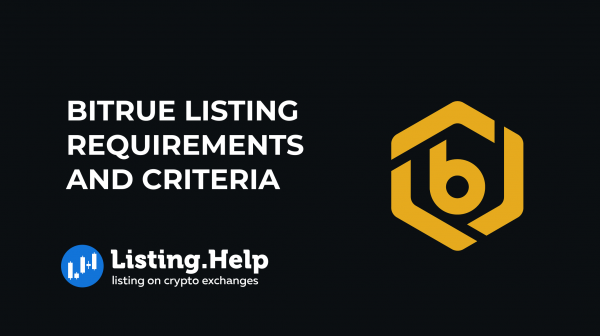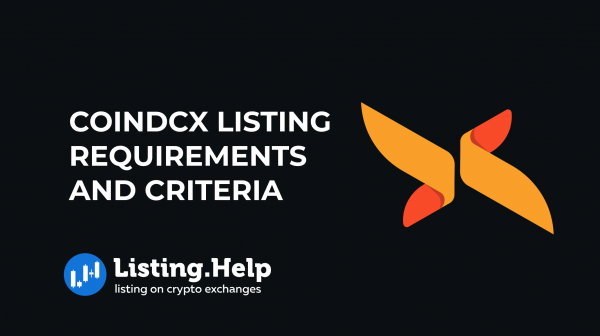What is Particle Network (PARTI)?
 April 2, 2025
April 2, 2025 Updated: April 2 2025, 12:40
Updated: April 2 2025, 12:40
LEAVE A REQUEST
Launching your own token project? Our experts are ready to help with listing on exchanges, market making, marketing and other solutions
SUBMIT APPLICATIONAs blockchain technology has evolved, it’s led to the rise of many individual networks, each operating within its own environment. While this expansion has brought more options for users, it’s also introduced new challenges — fragmented liquidity and complex interactions between chains being among the biggest. Particle Network was built to tackle these problems by offering a system that connects these separate blockchains in a streamlined way.
What is Particle Network?
Its main goal is to make Web3 simpler and more open by removing the friction that often comes with using multiple blockchains. With its chain abstraction tools, Particle Network takes on the technical hurdles behind the scenes, letting users interact across blockchains more smoothly. You can think of it as a system that speaks all blockchain “languages” and helps them work together without added complexity.
One of its central features is something called Universal Accounts. These accounts let users work across different blockchains through a single access point. That means no juggling multiple wallet addresses or dealing with confusing interfaces. It also boosts security by reducing the need to handle private keys directly and by managing transactions in a safer, more efficient way.
In short, Particle Network is focused on making Web3 easier to use and more approachable, all while maintaining the flexibility and power of decentralized systems.
How Particle Network (PARTI) Works?
Three Core Capabilities
1. One Account for All Chains
Web3 today is messy. If you want to interact with apps across different blockchains — say Ethereum, Solana, or Bitcoin — you need a separate wallet for each one. That means managing multiple addresses, paying attention to different gas fees, and switching networks manually.
Particle Network changes that with its Universal Accounts. With just one account, you can access apps on any supported blockchain. It doesn’t matter where the app is built — your login and your balance stay the same.
This removes the need to:
- Set up wallets for each chain
- Move tokens between networks manually
- Constantly switch settings in your wallet
2. Liquidity That Moves With You
A major issue in Web3 is that assets are often stuck where they were created. Moving them between chains is often slow, costly, and involves real risk.
Particle Network solves this by enabling real-time, secure transfers between blockchains. It uses a system that doesn’t rely on traditional bridges, making the process smoother and safer.
This means you can:
- Instantly trade tokens between chains
- View your combined balance in one place
- Use your assets wherever you want, without needing to move them manually
3. Gas Fees, Handled Automatically
Every blockchain has its own gas token — ETH on Ethereum, BNB on Binance Smart Chain, and so on. That creates problems. If you don’t have the right token, your transaction won’t go through.
Particle Network fixes this by letting you pay gas fees with any token you already hold. You don’t have to worry about which chain you’re on or which token you’re using — the system handles that for you.
Three Core Products
1. Universal Accounts: The Foundation of the System
Everything in Particle Network is powered by Universal Accounts. These accounts work across all supported blockchains and are supported by three key components within Particle’s own infrastructure:
- A Master Keystore Hub that keeps your accounts synced and secure
- A Decentralized Bundler that manages transaction execution
- A Messaging Network that handles communication between blockchains
For developers, this means they can build once and reach multiple ecosystems without setting up custom account systems for each chain.
2. UniversalX: Trade Across Chains Without the Headache
UniversalX is the first trading platform built on top of chain abstraction. It lets users trade tokens across blockchains without using bridges or swapping wallets.
With its second version, UniversalX adds tools for more advanced trading — like real-time monitoring of market trends and instant chart updates that traders can customize.
The goal is to offer the speed and ease of centralized exchanges, but with the openness and control of decentralized finance.
For teams planning to list your token, it’s essential to consider how your infrastructure interacts with multi-chain environments. Platforms like Particle Network are helping shift expectations — users now expect seamless access across chains, straightforward wallet interaction, and fast liquidity routing. Ensuring your token is supported in that kind of user-first environment can have a direct impact on adoption.
3. Universal SDK: Cross-Chain Tools for Developers (Coming Soon)
Developing multiple blockchains is time-consuming. Each chain requires its own setup, and integrating them all takes effort.
The upcoming Universal SDK from Particle Network will give developers what they need to build cross-chain apps quickly. It includes ready-to-use tools to plug Universal Accounts and chain abstraction into any dApp.
What is the PARTI Token?
The PARTI token serves a functional role at the core of Particle Network’s infrastructure. It isn’t just another utility token — it’s what keeps the system running efficiently behind the scenes.
1. Gas Fee Settlement Every time a user makes a transaction through a Universal Account, no matter which token they use to cover the gas fee, the final settlement happens using PARTI on Particle Network’s base layer. This creates steady demand for the token and gives it a real purpose within the system.
2. Unified Gas Payments Across Chains With most blockchains, users need to hold specific tokens just to cover transaction fees. That’s frustrating and often leads to failed transactions. Particle Network solves this by letting users pay gas fees with any token they have. The network automatically converts and settles those fees using PARTI, cutting through the confusion and making things easier for everyone.
3. Supporting Cross-Chain Functionality As the backbone of Particle Network’s settlement layer, PARTI helps keep everything connected. It supports the core features of Universal Accounts, letting users operate with a single account and balance across multiple blockchains. No matter where a transaction is happening, PARTI helps make sure the experience is smooth and consistent.
4. Behind-the-Scenes Conversion Users don’t need to think about buying or holding PARTI. A portion of every transaction is automatically routed and converted into PARTI for settlement. This keeps the system running while maintaining steady activity around the token — even if users never interact with it directly.
Thanks to the Universal SDK and Paymaster, all of this happens in the background. For users, the process is simple. But underneath it all, PARTI is doing the heavy lifting to keep the system flexible, reliable, and easier to use.
How to Buy PARTI?
- Pick a crypto exchange Start by choosing a supported exchange where PARTI is listed. Binance and OKX have the largest trading volume, but you can also use platforms like BingX, MEXC and Bybit.
- Add funds to your account Deposit the funds you plan to use—usually USDT—into your exchange account.
- Search for the PARTI/USDT pair Head to the spot trading section and look for the PARTI/USDT pair.
- Place your order You can go with a market order to buy right away at the current price, or use a limit order if you want to set your own price. Once the order is filled, check your wallet to confirm the tokens have been added.
Conclusion
Particle Network is focused on solving some of the more persistent issues in Web3, especially around fragmentation across blockchains. Its core features — Universal Accounts, Universal Liquidity, and Universal Gas — are designed to simplify how people interact with multiple chains.
Backed by a modular Layer-1 setup, the network aims to support scalable, smooth interactions for both users and developers. The overall goal is to improve cross-chain communication and make blockchain tools easier to use, without requiring people to manage every little detail themselves.

For more insights and updates on the crypto world, don’t forget to check out our blog at Listing.Help.




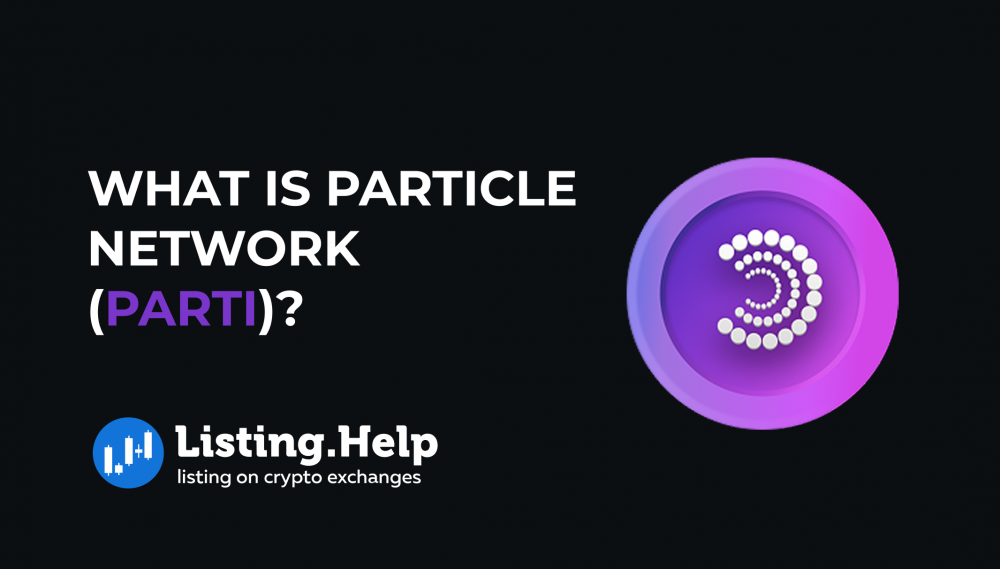

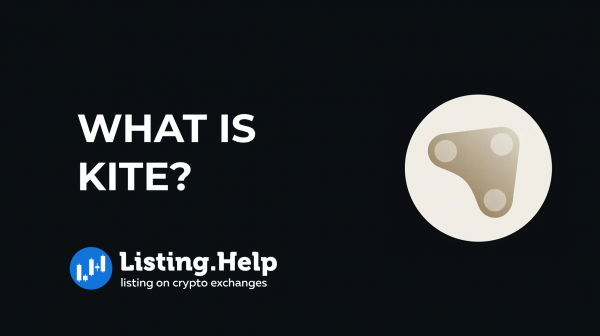
 December 3, 2025
December 3, 2025 

